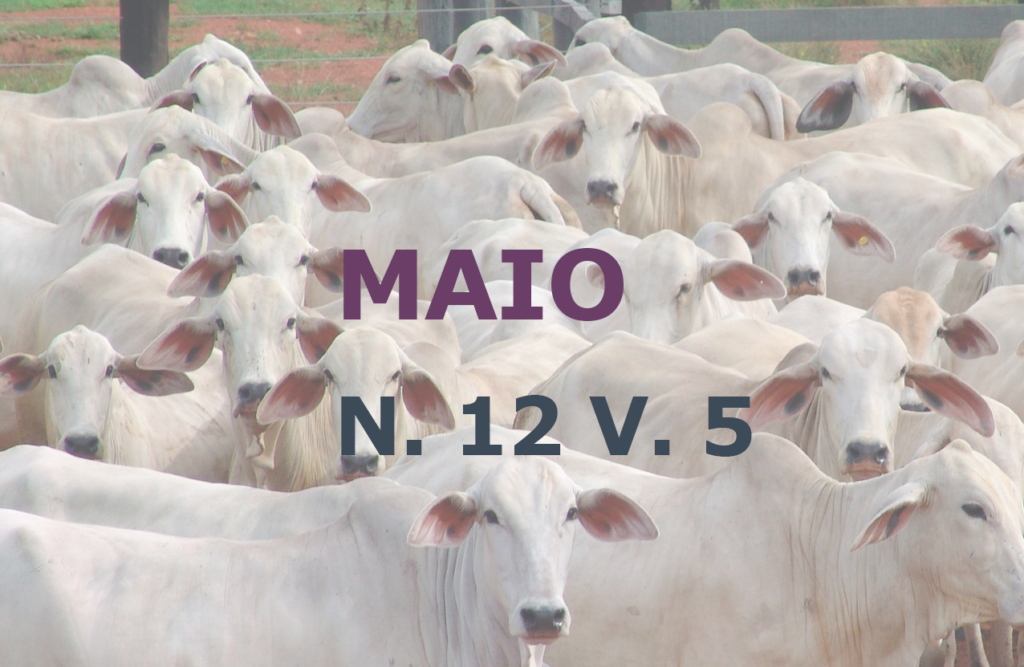Factors related to reproductive development in Nellore heifers: Review
DOI:
https://doi.org/10.22256/pubvet.v12n5a82.1-10Keywords:
Bos taurus indicus, estradiol, progesteroneAbstract
The intensification of beef cattle production systems, aiming to increase production rates, requires the use of technologies that favor the rational exploitation of livestock. Among the animal indicators, reproductive efficiency stands out because it is closely associated with the conditions of nutrition, management and sanity, which together with the genetic pattern influence the general enjoyment of the herd. Among the Bos taurus indicus breeds used in Brazilian meat production systems, the Nellore breed occupies a prominent place, mainly due to its adaptation to the tropical climate. However, animals of this genetic group are usually sexually late than those of Bos taurus taurus bulls, even when bred in similar conditions. And within this context the age at first calving is one of the aspects that directly reflect the determination of the reproductive efficiency of the herd. Based on this assumption, the inclusion of heifers at younger ages to reproduction, providing improvements in profitability. This review aims to address some aspects related to reproductive development in Nellore heifers, such as the influence of live weight, nutrition, hormone therapy and reproductive tract morphology. According to a bibliographical survey presented in this review, it is concluded that the attainment of puberty in Nellore heifers is multifactorial and varies according to the general management of the herd and the genetic composition of the animals.
Downloads
Published
Issue
Section
License
Copyright (c) 2018 Rafael Teixeira de Sousa, Juliete de Lima Gonçalves, Sueli Freitas dos Santos, Antonio Marcos Ferreira Fernandes, Gisele Dela Ricci

This work is licensed under a Creative Commons Attribution 4.0 International License.
Você tem o direito de:
Compartilhar — copiar e redistribuir o material em qualquer suporte ou formato
Adaptar — remixar, transformar, e criar a partir do material para qualquer fim, mesmo que comercial.
O licenciante não pode revogar estes direitos desde que você respeite os termos da licença. De acordo com os termos seguintes:
Atribuição
— Você deve dar o crédito apropriado, prover um link para a licença e indicar se mudanças foram feitas. Você deve fazê-lo em qualquer circunstância razoável, mas de nenhuma maneira que sugira que o licenciante apoia você ou o seu uso. Sem restrições adicionais
— Você não pode aplicar termos jurídicos ou medidas de caráter tecnológico que restrinjam legalmente outros de fazerem algo que a licença permita.





